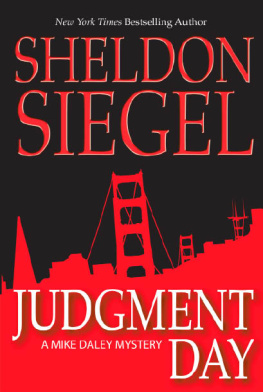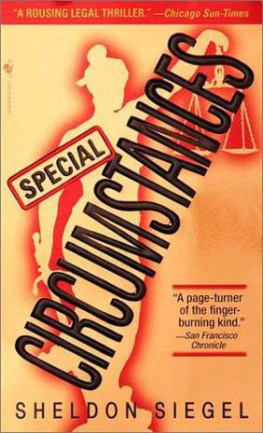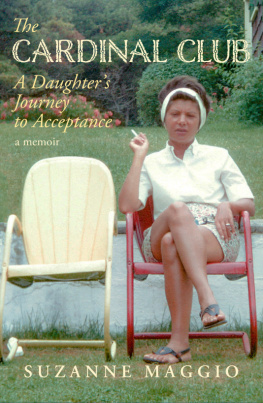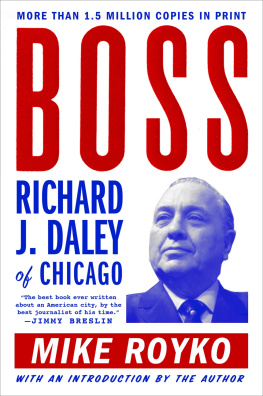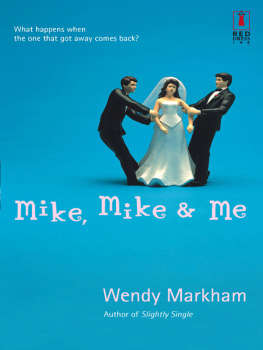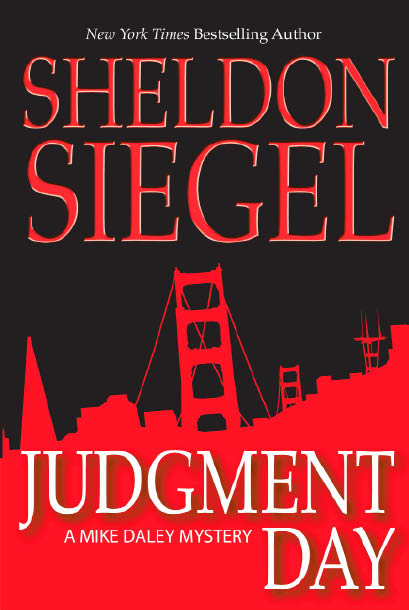1/ WELCOME TO THE ROW
Friday, July 10. 11:03 a.m.
8 days, 12 hours, and 58 minutes until execution.
The oldest man on death row is eyeing me from his wheelchair. Despite his frail appearance, his grip is firm and his baritone is still forceful. Welcome to the Row, Mr. Daley, he says to me. We need your help. Were running out of time.
More than 650 inmates are awaiting lethal injections on Californias death row. Every one of them is running out of time.
Thank you for coming on such short notice, he continues. Did you have any trouble getting inside?
Nothing out of the ordinary, I say. Sometimes it seems harder for lawyers to get into San Quentin than it is for our clients to get out. It took me an hour to fill out the stack of forms, sign the multiple releases, and pass through the two metal detectors, before I was locked inside one of a dozen windowless six-by-six-foot cells separated by interlaced steel bars covered by scuffed Plexiglas. The death row visitors area is just a stones throw from the little green chamber where the State of California conducts its executions. Its a dark reminder of the burdens borne by the denim-clad prisoners, who pass their time going about the mundane business of being incarcerated while their lawyers try to prolong their lives. Mr. Fineman I say.
Its Nate, my host insists in a genial manner.
Fine. Im Mike. Nate Fineman may be confined to a wheelchair, but Ive learned the hard way never to let my guard down. The first client I ever visited on the Row was a remorseless psychopath who had stabbed his ex-girlfriend twenty-seven times with an ice pick. Instead of shaking my hand, he introduced himself by slamming me against the wall. His hands were clasped around my throat when the guards finally wrestled him to the floor. He never got around to thanking me for getting his death sentence commuted. Every lawyer who handles death-penalty appeals has a similar story. Im flattered that youd like us to help with your defense, I say, but practically speaking, its really too late to replace your lawyer.
He strokes his trim gray goatee. I have no intention of replacing my lawyer, he assures me. That would be crazy.
Crazy as a fox, perhaps. At seventy-seven, Nate Fineman has been on the Row for ten years. This bootleggers son doesnt fit the usual demographics of his neighbors, most of whom are poor, undereducated, and African American. Hes the last of a long line of flamboyant San Francisco legal legends whose ranks included Joseph Alioto, Melvin Belli, Jake Ehrlich, and Nate Cohn. Known as a street-smart hustler with a glib manner and a photographic memory, Nate the Great finished first in his class at Hastings Law School, married the daughter of a superior-court judge, then went to work at the public defenders office, where he developed a reputation for courtroom histrionics and self-promotion. He also won a lot of cases. He earned a spot in the San Francisco Legal Hall of Fame when the DA took a swing at him on the steps of the Hall of Justice after he manipulated the California Rules of Evidence to convince an overmatched judge to dismiss a murder charge against a man who had shot a police officer four times at point-blank range in front of two witnesses. That incident cost the DA his job and made Nate a household name.
An inveterate publicity hound and savvy opportunist, Nate parlayed the notoriety to open his own shop in the graceful Russ Building on Montgomery Street. He used his father-in-laws connections to become the head of the Jewish Community Federation. He became a regular contributor to Herb Caens legendary gossip column, which ran for years next to the Macys ad in the middle section of the Chronicle. He was also one of the ringleaders of the fabled Calamari Club, a group of businessmen, politicians, labor leaders, lawyers, and influence peddlers who have been meeting for lunch in the back room of Scomas at the Wharf every Friday afternoon for a half century.
Over the years, Nate represented many of San Franciscos most notorious mobsters and drug dealers. He was never apologetic in expressing his view that it was his job to do whatever it took to keep them out of jail. He proudly boasted that his most famous client, Danny the Meat Hook Cortesea dapper man-about-town who also happened to be the longtime boss of the San Francisco mobnever spent a day in prison over the course of a criminal career that spanned five decades. Never one to shy away from controversy, Nate defended three thugs who ran the Griffith Housing Projects and were accused of distributing bad heroin to local high school kidsthree of whom died. Through a series of creative (some would say questionable) legal maneuvers, Nate persuaded a judge that a cache of drugs found in the apartment of the ringleader of the Bayview Posse had been obtained through an illegal search and seizure. This led to the dismissal of the chargesmuch to the chagrin of the DA and the SFPD. Paradoxically, Nate also garnered numerous community-service awards for setting up San Franciscos first legal-aid clinic and donating millions to charity. Depending on who was telling the story, he was either a principled crusader who stood up for the underprivileged and the unpopular, or a highly paid mercenary who was as much a part of the drug and underworld culture as the criminals he represented.
Nate was at the top of his game when he was charged, ten years ago, with killing three people in a back room of the Golden Dragon Restaurant in Chinatown during a summit conference of drug dealers on a rainy night. One of the victims was Nates own client. The second was a competitor, and the third was the competitors lawyer. Nate was found unconscious in the alley behind the restaurant with a semiautomatic pistol under his arm. Ballistic tests proved the slugs had been fired from that gun. Nate steadfastly claimed the weapon had been planted. He had fallen off a fire escape while leaving the building following the shootings, and sustained the injury that cost him the use of his legs. The prosecutors argued he was attempting to flee. Nate insisted he was only trying to dodge the bullets.
He hired an all-star lineup of San Franciscos best-known criminal-defense attorneys to represent him. His legal team was led by his law school classmate and card-playing buddy, Mort the Sport Goldberg, a theatrical showman who presided over a carnival-like trial that drew almost as much national media attention as the Laci Peterson case. The prosecutors portrayed Nate as a man who had spent his career helping mobsters and crack dealers stay out of jaila charge that Nate never denied and Goldberg couldnt refute. Goldberg trotted out a dozen character witnesses to testify that Nate was a doting husband and father who had raised millions for charity and never turned away a potential client just because he couldnt afford to pay. Nate even took the stand in his own defense. Throughout intense questioning that lasted for days, he insisted the shootings were part of a coup by disloyal members of his clients organization. Without a witness to corroborate Nates claim that he was ambushed by a masked assailant, it took the jury less than three hours to convict him of first-degree murdermuch to the delight of the SFPD. The legal system has played its course, and Judgment Day is fast approaching.
Unlike most death row inmates, who view attorney visits as an opportunity to vent their frustrations and plead their innocence, Nates tone is professional. I want to hire you as special co-counsel, he explains. I think you can provide some additional perspective on my case.
He needs more than perspective. Hes scheduled for a lethal injection a week from Sunday at 12:01 a.m. By law, a death warrant must be carried out on a specified date. California conducts its executions at one minute after midnight at the very beginning of the twenty-four-hour window, to provide the maximum amount of wiggle room if there are any glitches and to reduce the number of protesters who gather at the gates of San Quentin. By my watch, that gives us eight days, twelve hours, and fifty-two minutes to do what his dream defense team couldnt do in ten years. Am I nuts to be in this room?

